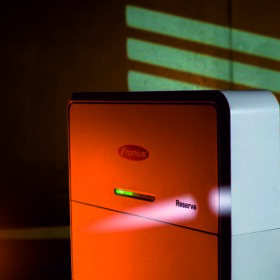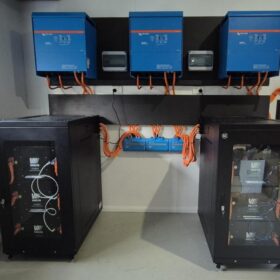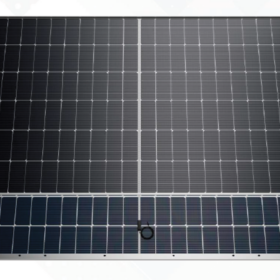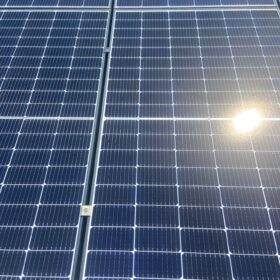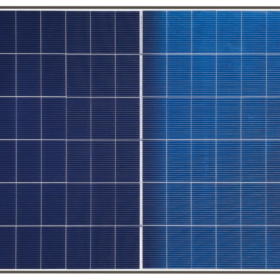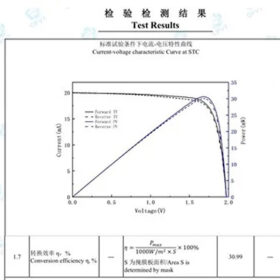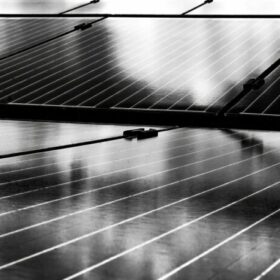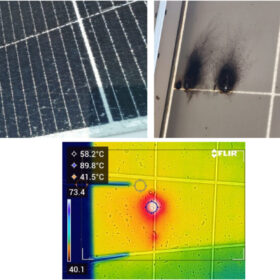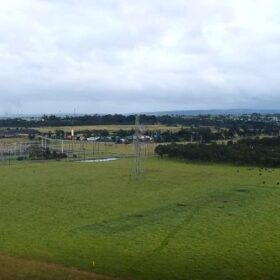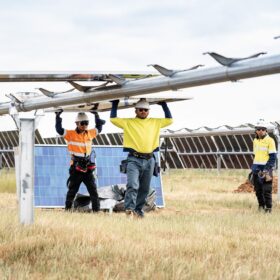Fronius introduces 15.8 kWh lithium iron phosphate battery for rooftop PV
The Austrian manufacturer has launched its first battery system using lithium iron phosphate (LFP) cells. A total of up to four units can be connected in parallel for a capacity of 63 kWh.
Off-grid lessons help drive new Vaulta battery tech
Battery manufacturer Vaulta is using lessons learned from Australia’s growing off-grid energy sector to spearhead the development of its next-generation battery energy storage technology.
Jolywood releases 595 W bifacial TOPCon solar panel for harsh environments
The Chinese manufacturer said that its new glass-backsheet Windproof module utilises a zinc-aluminum-magnesium surface alloy technology and a high-strength steel substrate. It features a power conversion efficiency of up to 23.03%.
PV manufacturers making move to coated backsheets
Hard-pressed Asian solar manufacturers have switched from multi-layer polymer backsheets to a single layer of polyethylene terephthalate (PET), with a protective coating on both sides of their modules. Backsheet makers confirm these products, known as “CPC,” are now mainstream. There is little evidence to demonstrate that they can withstand 30 years-plus of outdoor use, however.
‘Solar module prices will soon go back to over $0.12/W’
The global solar module industry is expected to regain a sustainable balance in the next six months, Yana Hryshko, head of Solar Supply Chain Research for Wood Mackenzie, told pv magazine. She explains why solar module prices may increase soon, suggesting that Tier 1 modules prices could reach USD 0.14/W to USD 0.15/W ($0.22/W to $0.24/W) by the end of this year, and discusses how consolidation is materialising within the global PV industry.
Solar installers’ preferred panels, inverters revealed
A new survey shows the majority of Australian solar installers are unconcerned what brand solar panels and battery energy storage systems they work with, but they have a clear preference when it comes to inverters.
Winaico to launch 515 W heterojunction solar module with 23.5% efficiency
Winaico says it will start selling 515 W solar modules with 23.2% efficiency in April 2025.
Risen claims 30.99% efficiency for perovskite-silicon tandem solar cell
The result was confirmed by China’s National Solar Photovoltaic Product Quality Supervision and Inspection Center. The tandem device is relying on a bottom cell based on a heterojunction design.
Tongwei drops plan to acquire Runergy
Chinese PV company Tongwei originally intended to invest CNY 5 billion ($1.8 billion) to buy a 51% stake in Runergy.
Study shows reducing number of solar modules per string reduces hotspots risk
Scientists in Indonesia have investigated early operational defects in a 24.9 MW solar PV system in Sumatra and have identified hotspot formation as the dominant defect. They also detected 282 cases of glass cracking, 350 cases of junction box failures and shading effects linked to module defects.
